The taste of the spicy Italian sausage really comes through in this homey, hearty soup, as do each of the other individual flavors and textures.
It’s October, so I’ve shifted to fall ingredients and hearty, comforting dishes.
When it comes to hearty and comforting, does anything surpass the humble bean soup? Not for me. But unfortunately, many otherwise fine cooks don’t give bean soups the respect and care that they deserve. We throw a ham hock and bag of beans into a pot and expect magic at the end of the cooking process. When the result is bland and thick as glue, we blame it on the beans.
I’m here to defend the beans. It is not their fault! Beans require just as much thoughtful consideration and care as any other ingredient.
They are at their toothsome best when hydrated slowly in cold water for at least 8 hours before cooking, and of course, that takes–yes I will say the dreaded word–PLANNING.
In addition to planning ahead, it’s important to understand the characteristics of each bean you use. When most beans are cooked properly, they hold their shape and have just a bit of resistance when bitten into.
Some beans, however, irrespective of all your care, dissolve into a mush when cooked, and should thus be reserved for dishes in which that quality is an asset rather than a liability.
Of all the beautiful heirloom beans now available, cannellini beans are quite possibly my favorites. They are also the darlings of Italian cuisine and for good reason. Elegantly large and pearly white with a gentle curvature, they have a mild, nutty taste and creamy texture. As a bonus, they hold their shape exceedingly well, making them suitable for dishes in which the beans are to play a starring, rather than supporting, role.
As with most dried beans, cannellini beans are not digestible until hydrated and cooked. There are at least three basic hydration methods, and depending on the dish, you can choose whichever method suits your fancy or time requirements. Because I often cook spur of the moment, I hydrate and cook large batches of cannellini beans in advance and freeze them in 2-cup increments. It’s a real time saver.
Method 1: Slow, Cold Hydration
Put rinsed and sorted beans into a large bowl and cover with cold water. Soak for 8-24 hours. Drain beans and discard soaking liquid. (This method is claimed to remove 60% of the complex bean sugars that contribute to indigestion.)
Method 2: Fast, Hot Hydration
Put rinsed and sorted beans into a soup pot and cover with cold water. Bring water to a boil and boil for 2-3 minutes. Remove from the heat, cover, and soak for 1 to 4 hours. Drain beans and discard soaking liquid. (This method is claimed to remove 80% of the complex bean sugars that contribute to indigestion.)
Method 3: No Hydration
Put rinsed and sorted beans into an overproof casserole and cover with cold water. Bring water to a boil and boil for 2-3 minutes. Cover casserole and put into a 350° oven. Bake for about 75 minutes, until beans are tender, adding additional water at the halfway point if necessary. Although many cooks swear by this method, if you are prone to bean-induced indigestion, you might want to use another method. Also, textural quality is diminished somewhat with is method.
NOTE The soaking process removes some of the complex carbohydrates that are partly responsible for indigestion. The longer the soak, the easier the digestion. On the other hand, this only applies to folks who don’t eat beans often. The more you eat beans, the better your body will be able to digest them.
Now that you have hydrated beans, let’s make this wonderful soup.
I decided to build the flavor profile based on savory Italian sausage, creamy fingerling potatoes, earthy broccoli raab, and toothsome cannellini beans.
I wanted the soup to be hearty, yet also light enough that each component would retain its individual integrity.
Thus we have a soup that is very much a bridge between winter and spring, hearty and light at the same time. Between-season dishes this good almost make me wish that summer would delay just a little while longer.
Cannellini Bean Soup with Italian Sausage, Fingerling Potatoes & Broccoli Raab
The taste of the spicy Italian sausage really comes through in this homey, hearty soup, as do each of the other individual flavors and textures. Unlike so many bean soups, this soup is not a thick “porridge.” The broth is light and refreshing, with only a bit of the tender, toothsome beans mashed at the end to give the soup a luscious body.
NOTE You must hydrate the beans before making the soup. You can choose the 8-24 hour method or 2-hour method. If using canned beans, add at Step 7.
1 pound dried cannellini or royal corona beans, rinsed (2½ cups) (makes 4 cups cooked beans)
2 tablespoons extra-virgin olive oil
1 pound premium-quality Italian sausage, loose or casing removed (mild or hot; I used 4 Isernio’s Hot Italian Sausages)
3 cups chopped yellow onion (1 large onion)
6 cloves garlic, peeled, and minced or pressed
2 bay leaves
1 teaspoon dried thyme
8-10 cups chicken or vegetable stock
10-12 fingerling potatoes or baby new potatoes, cut into ½-inch dice (4 cups)
2-3 carrots, peeled, and chopped or sliced (1 cup chopped)
2-3 celery stalks, trimmed, and chopped or sliced (1 cup chopped)
2 Anaheim chiles, stemmed, ribbed, seeded, and chopped (1 cup chopped)
small handful broccoli raab or Lacinato kale, coarsely chopped
2 tablespoons fresh lemon juice
fine sea salt, to taste
freshly ground black pepper, to taste
Garnish
¼ cup chopped parsley
- Slow Hydration: At least 8 hours before you plan to make the soup, put the cannellini beans in a large bowl and cover with cold water. Hydrate for 8-24 hours. Drain the beans and discard the water.
- Fast Hydration: Alternatively, in a soup pot, cover beans with water, bring to a boil, and boil for two minutes. Remove from the heat, cover, and let hydrate for 2 hours. Drain the beans and discard the water.
- To cook the sausage, in a large soup pot, over brisk heat, heat the olive oil, and then pinch marble-sized pieces of sausage into the pot. Stir often with a wooden spoon to brown the meat evenly. If there is more than ¼ cup of fat and oil in the pan after browning the sausage, drain off the excess.
- When the sausage is well browned, reduce the heat to medium-low, and add the onions and garlic. Sauté slowly until the onions are tender and translucent, scraping up the brown bits on the bottom of the pan with a wooden spoon.
- Add the bay leaves, thyme, and chicken stock, and stir to combine.
- Add the beans and bring to a slow simmer. Partially cover the soup pot and simmer slowly for 1½ to 2 hours, until the beans are almost tender. Remove ½ cup of the beans and reserve.
- Add the potatoes, carrots, celery, and chiles. Simmer just until tender.
- Mash the reserved ½ cup of beans and add back to the soup. This will thicken the broth slightly.
- Just before serving, stir in the broccoli raab or kale, and simmer for 2 minutes.
- Add lemon juice, and salt and pepper to taste.
- Ladle into bowls, and garnish each serving with parsley.
Serves 6-8.
More LunaCafe Winter and Early Spring Soups
- Basic Little Potato & Five Onion Soup
- Curried Tomato & Red Lentil Soup
- Green Chile Chowder with Yellow Finn Potatoes & Italian Kale
- Heirloom Carrot Soup with Lemon Verbena, Spearmint & Garlic Gremolata
- New Year’s Day Black Bean Ancho Chili
- Roasted Garlic & Sunchoke Soup with Rosemary Hazelnut Pesto & Goat Cheese Crèma
- Smoky Spanish Zarzuela with Chorizo & Emmer Farro
- Sweet Carrot Bisque with Umami Pesto
More Cannellini Bean Recipes
- Talkspot: Cannellini Bean Cake
- Stirring the Pot: Cannellini Bean Puree
- Answers en Croute: Cannellini Bean Dip
- Dorcas Barry: Bean & Kale Soup
Cookin’ with Gas (inspiration from around the web)
- Bob’s Red Mill: Cannellini Beans
- Cannellini Beans
- CookThink: Cannellini Beans vs. Great Northern Beans vs. Navy Beans
- Rancho Gordo: Royal Corona Beans
- WiseGeek: What are Cannellini Beans?
Copyright 2012 Susan S. Bradley. All Rights Reserved.

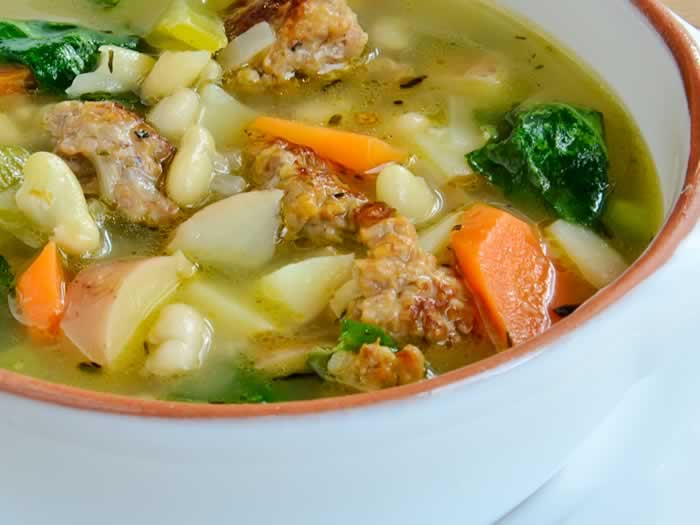
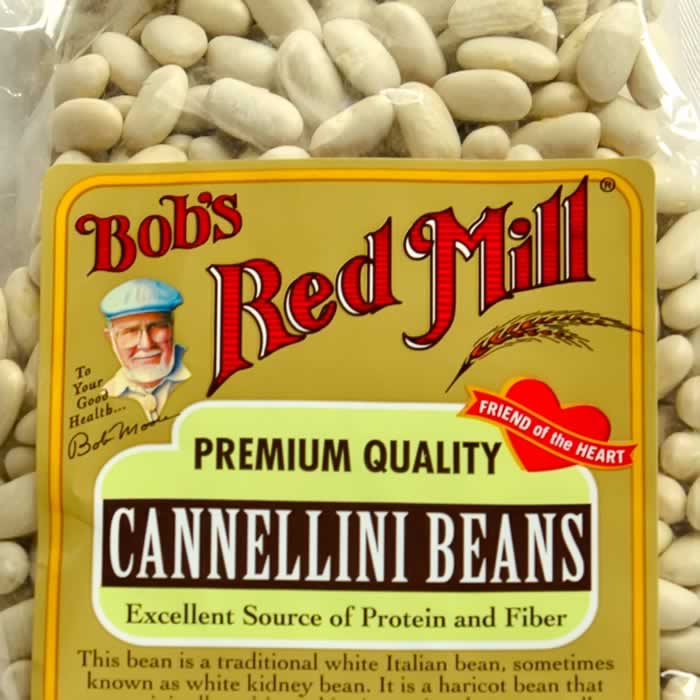
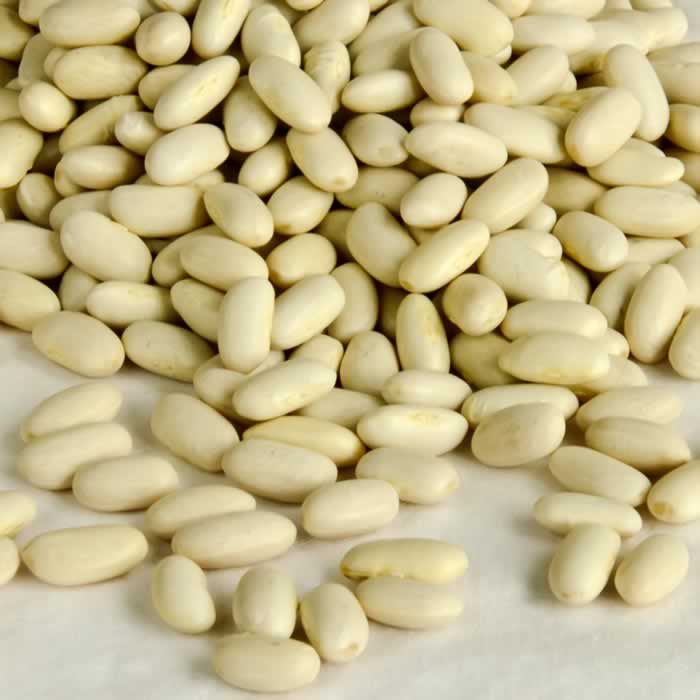
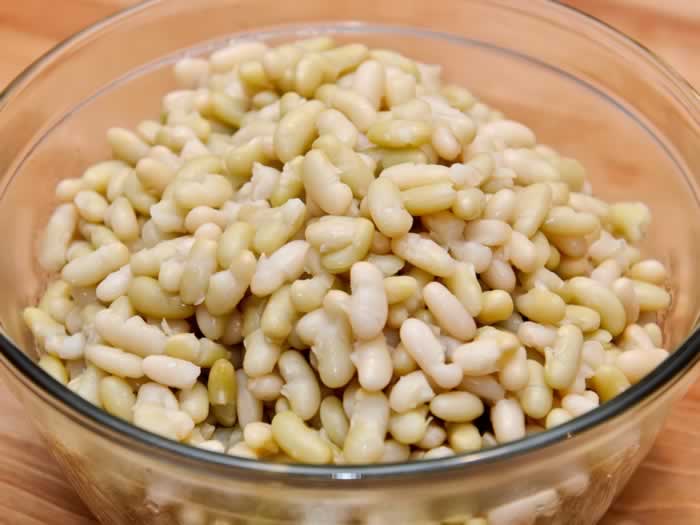
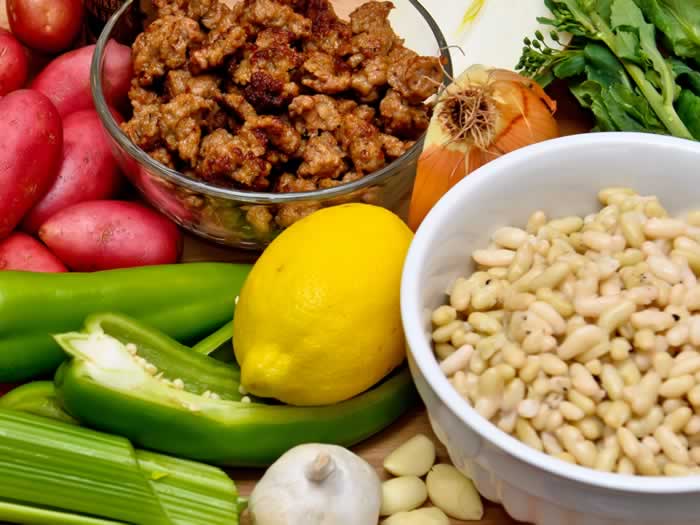
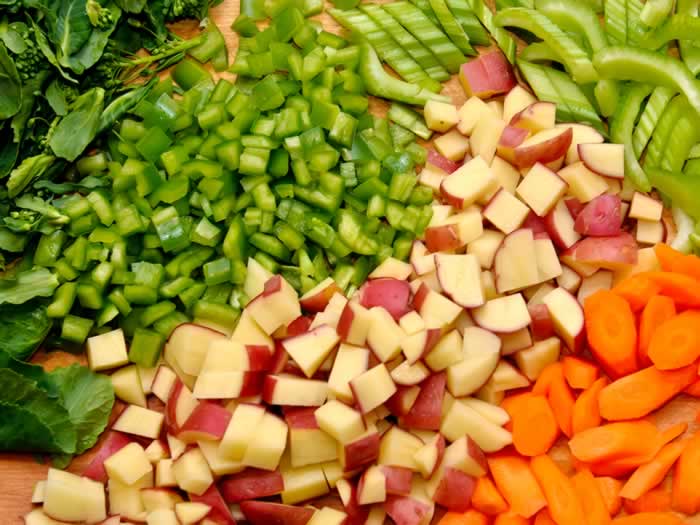
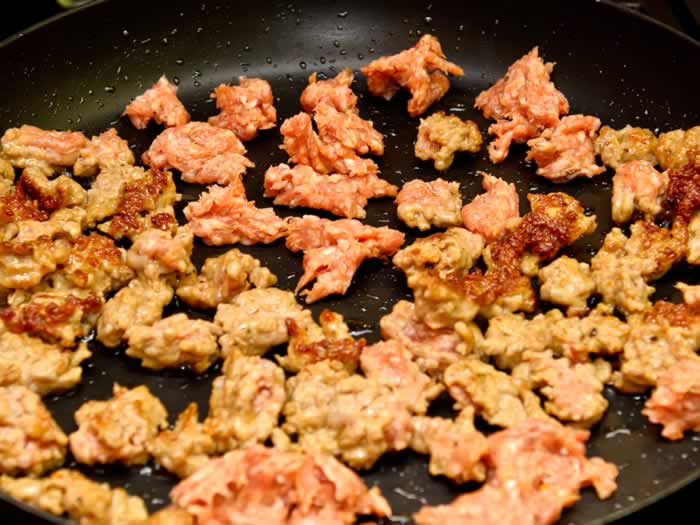
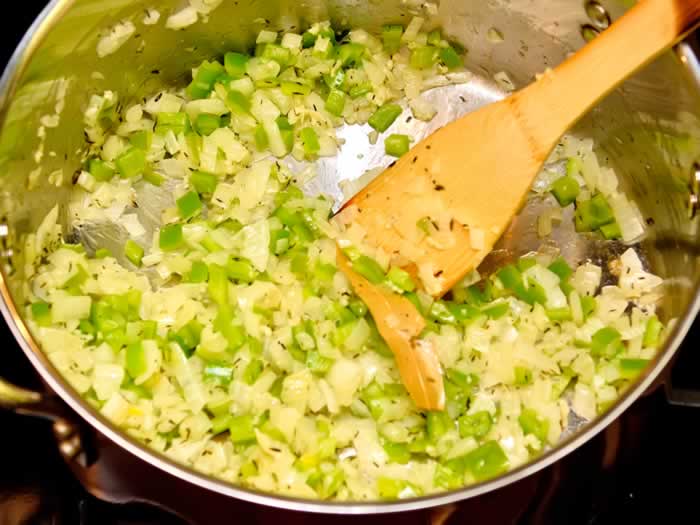
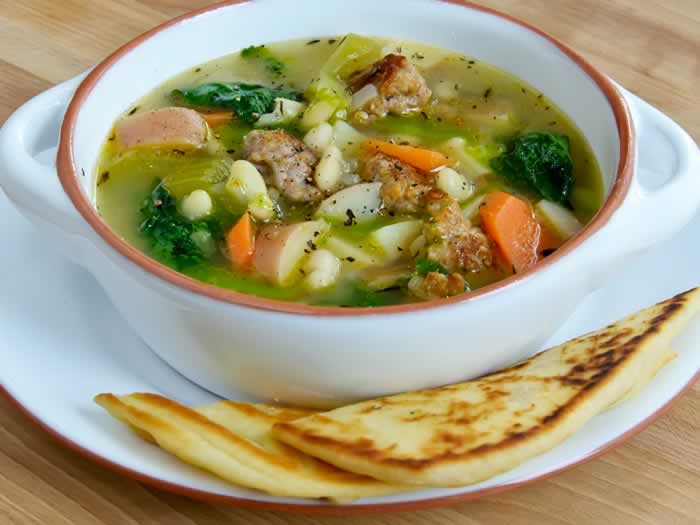
Thank you for the great recipe!
I have always been hesitant to try dried beans, but your tips have helped me to decide to try!
This sounds like a great recipe to try. Thanks for sharing this..
Simon
Love this!
Another reason to love bean soup!
Thank you.
If the weather’s still cold you might as well make the most of it and eat some ‘winter’ food – and this meal looks delicious
Carretto Photography, thank you!
Hi Susan – your food is gorgeous! I’ve tried to use the contact us below but haven’t heard back. Maybe you don’t check those emails much. Anyway I’m an oil painter and I’d love to do a painting for my mom’s birthday, using one of your food photos as a reference. May I have your permission to do so? I’d appreciate you letting me know, either way. Thank you!
Hi Karen! I did reply to that request earlier; so sorry the mail gods ate it. Yes, you may use the photo as your referenece point for your painting. I’m honored and thank you for asking. Best…Susan
Yes, you may use the photo as your referenece point for your painting. I’m honored and thank you for asking. Best…Susan
Thank you Susan – I really appreciate it! It’s a wonderful photo. I’ll get to it and post it tonight – thanks again.
Perfect soup recipe for a chill out with the family. Not a fan of beans but trying is always good! Thanks!
What a great way to use a favorite bean. Your recipes always inspire.
Mmmmmm. I can almost taste it already! This seems like the perfect soup for our indecisive spring weather.